You love your pet, so it’s important to be prepared for emergencies. Veterinarian bills can be massively expensive, leaving pet owners to make heartbreaking decisions. The right pet insurance can make all the difference.
10. Medical Insurance or Wellness Coverage?

Medical insurance for your pet is the most comprehensive, covering unexpected injuries or illnesses. It covers non-routine veterinary costs. It’s more expensive, but covers the most expensive needs. It doesn’t cover routine care. Wellness coverage covers routine care, and is less expensive, but won’t cover medical emergencies such as surgeries, injuries, or illness.
9. When Should You Obtain Pet Insurance?
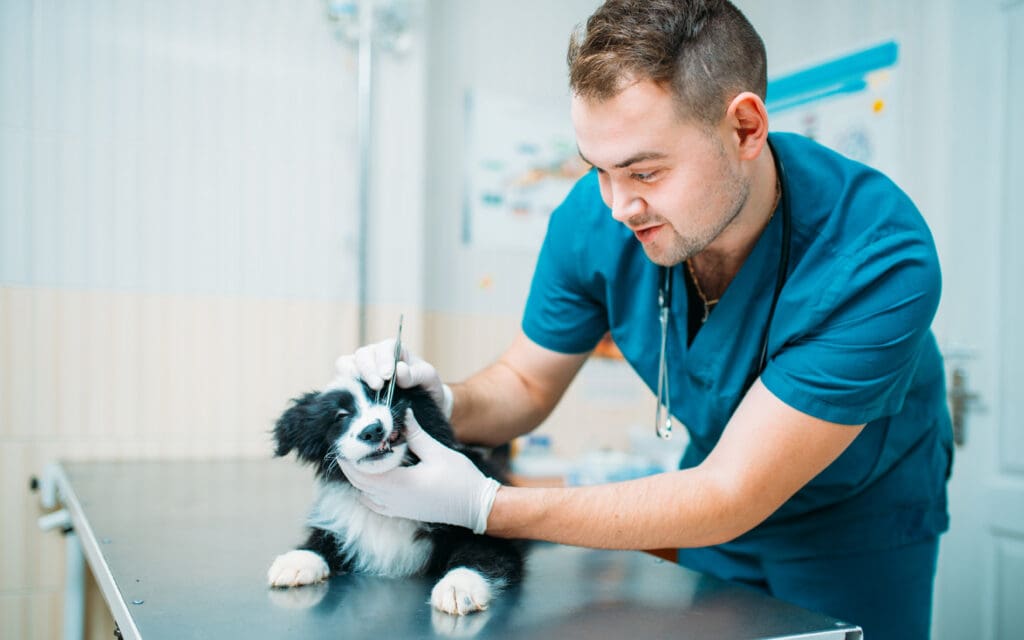
Generally, the younger you obtain insurance for your pet the better. First, many companies will exclude pre-existing conditions. Therefore, getting insurance while your pet is young and healthy means you won’t be denied coverage. Secondly, to get the most out of your insurance, the sooner you start, you can get the most out of the coverage throughout your pet’s life.
8. Are All Conditions Covered?

Pet insurance, like insurance for humans, excludes coverage on certain conditions. The majority of insurers also won’t cover pre-existing conditions diagnosed before your enrollment. Each different pet insurance provider has their own rules on what conditions they will and won’t cover. Many insurers won’t cover genetic conditions like hip dysplasia and glaucoma or degenerative conditions like joint and ligament deterioration.
7. Can I Choose My Own Veterinarian?
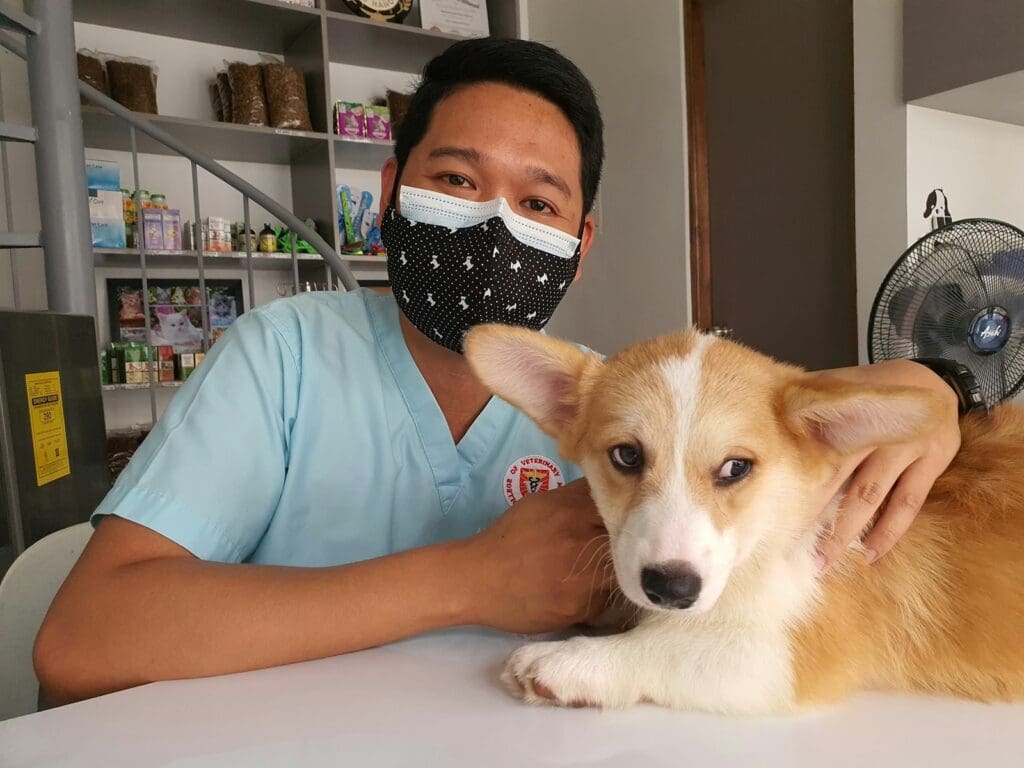
Similar to human insurance companies, certain pet insurance plans may restrict you to veterinarians and hospital chains they have partnerships with. So if you insist on using your preferred veterinarian, you’ll need to seek out a provider that allows you to do so. Otherwise, coverage could be limited or reduced for out-of-network care.
6. How to Compare Providers
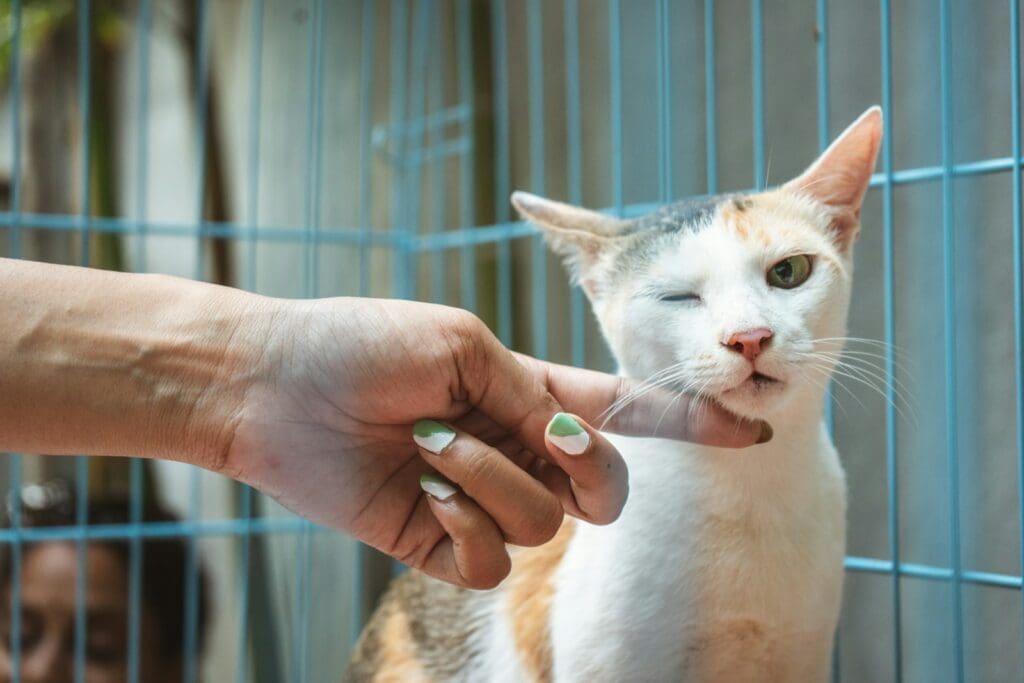
Be aware that plans with the lowest upfront cost can be deceptive. Some companies keep costs down upfront by using certain tactics. Birthday pricing starts low but increases as your pet ages. Watch out for recently diagnosed conditions that become pre-existing upon renewal and are no longer covered. Read the fine print for strict coverage limits.
5. Watch Out for Breed Exclusions
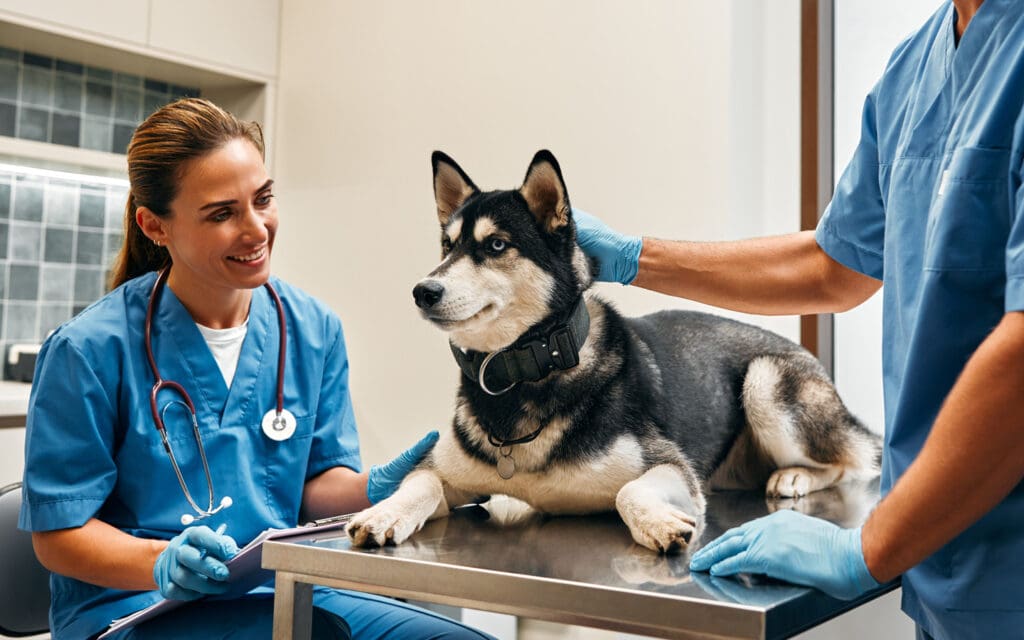
Certain breeds of dogs and cats may have strict limitations and exclusions because they are known to be predisposed to certain kinds of illnesses. For example, Corgis and German Shepherds are more likely to develop hip dysplasia. Some insurers deny certain breeds altogether and will not ensure them. Make sure to read the coverage limits and exclusions for your breed.
4. Are There Payout Limits?

Pet insurance companies will often impose limits on the number of payouts or the total amount of reimbursement allowable on each policy. Typically, these limits are annual, but in some cases, they may be for the lifetime of a pet. Make sure to understand these details to avoid an unwelcome surprise. Some companies offer unlimited payouts on all eligible costs.
3. What if You Move?
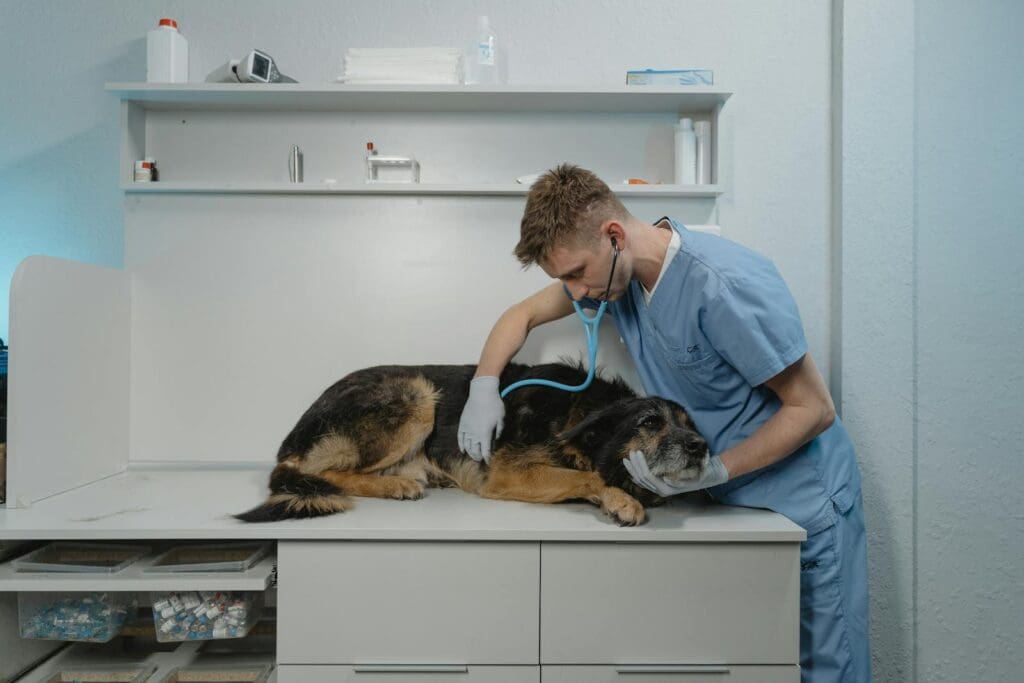
Most pet insurance companies only operate in a specific state or region. Therefore, if you move you may have to switch your pet insurance. Make sure to ask the provider how they handle a change of address and where they offer coverage. It may be best to sign up for coverage after you are at your new address.
Read More: Heatwave Safety for Dogs: What You Should Know
2. Will the Pet Insurance Provider Pay Your Vet Directly?

Most won’t. Most pet health insurance providers use a standard reimbursement model. You pay the full amount and file a claim with your insurer. The insurer will reimburse you for the covered costs. However, a few companies are changing this practice by having a vet fill out a reimbursement release form (if they agree) to be paid directly.
Read More: 10 Things to Consider Before Rescuing a Dog
1. How Do You File a Claim?
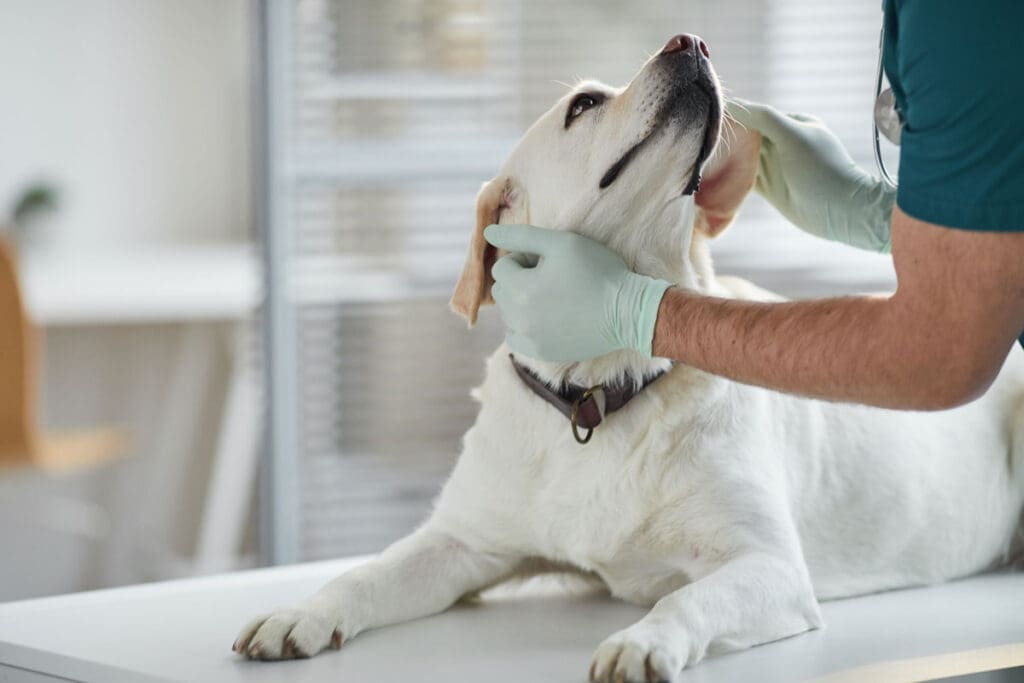
Unfortunately, there is no standard procedure for filing a claim, and all pet insurance providers use methods they establish for themselves. Many may involve multiple steps that entail phone calls and filling out forms. Some may also require forms to be filled out by your veterinarian. It’s fairly common for processing a claim to take from days to weeks.
Read More: 10 Signs Your Cat Isn’t Feeling Well






